Rolling alone vs rolling in a group: what does your training gain and lose
Pedaling together with others is a big part of the cycling experience, however, riding in a group is not always the most convenient depending on what our focus is when it comes to riding a bike and what our goals are. It all depends on whether we see cycling from a purely recreational point of view, where the only important thing is to spend a morning pedaling and enjoying the activity, or if we are looking for maximum performance on the bike. Both approaches are valid, with a myriad of shades in between, and they are not mutually exclusive. Let's see what suits us best.
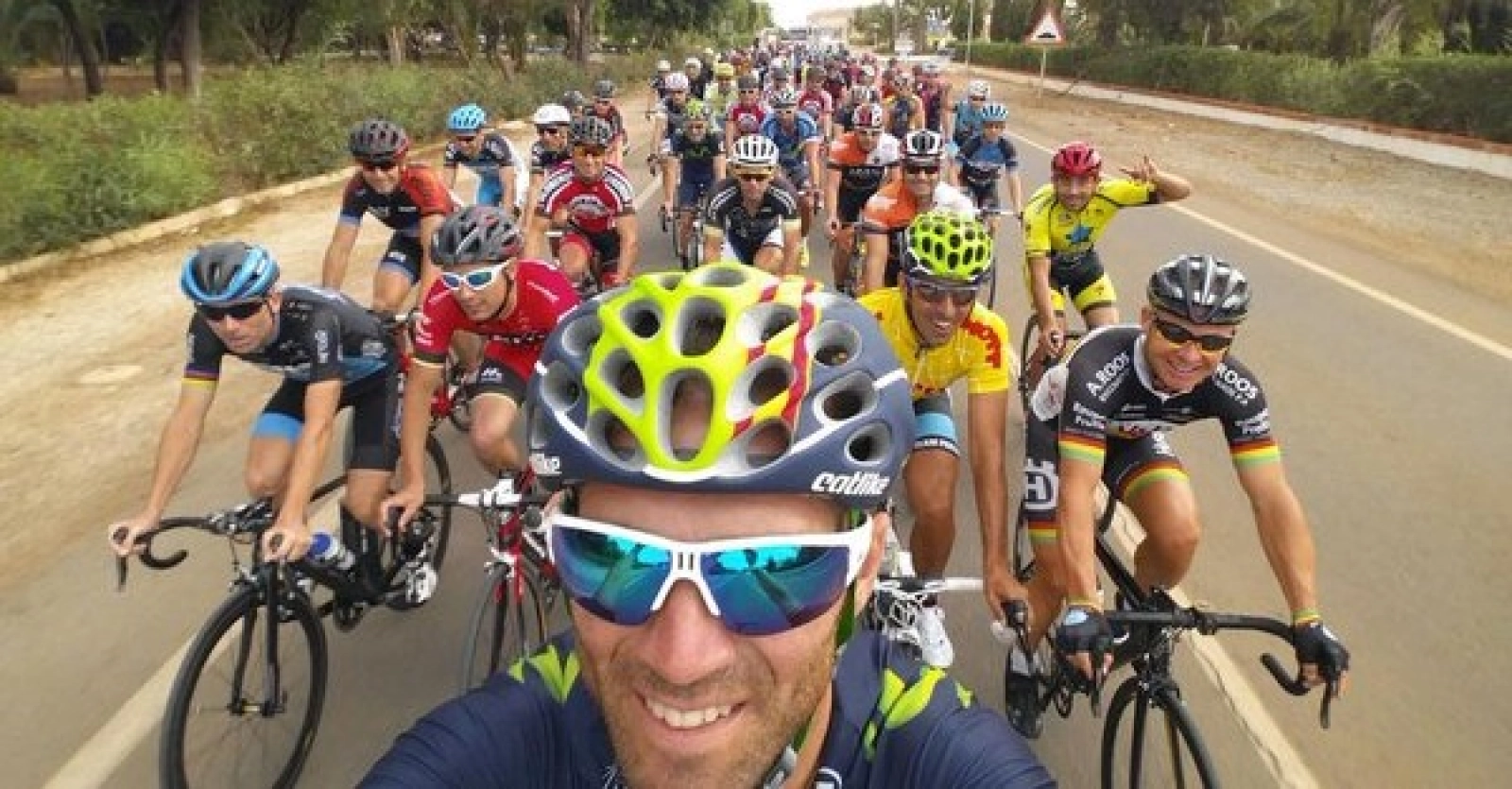
Alone or accompanied, it all depends on how you see cycling
Going out to ride solo or in company is a common dilemma for cyclists, who often opt for a visceral decision instead of considering what is best for them. Cycling is a sport with a strong social component, and except for a minority who find full enjoyment in the solitude of pedaling: just them, their machine, the road or the mountain, and nothing else but the effort; the vast majority usually prefer the company of others to have a pleasant morning on the back of our two-wheeled machines.
While this is usually the preferred option, it is not always the most suitable, especially for those who have to stick to a training plan because they are thinking ahead to several months and the work done now will determine their performance when those red-marked goals on the agenda arrive, whether it's a specific competition or simply those vacations in the Alps, Pyrenees, or any top cycling destination.
RECOMENDADO

Black Friday 2025 cycling bargains: save on Garmin, POC, Maxxis and more

Black Friday Garmin 2025: the ultimate guide to choosing your GPS at the best price

Do you need suspension on your gravel bike?
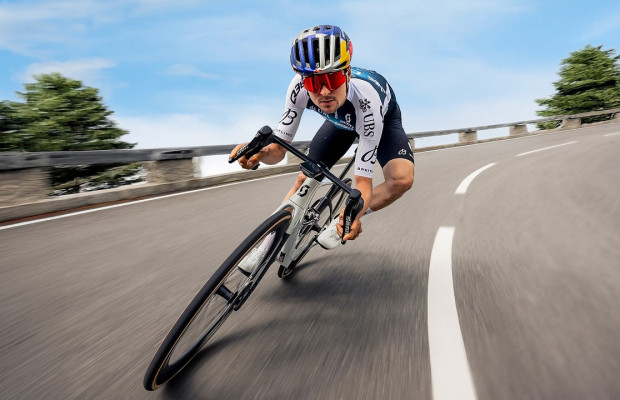
Countersteering, braking and cornering: the basics to improve your cornering skills
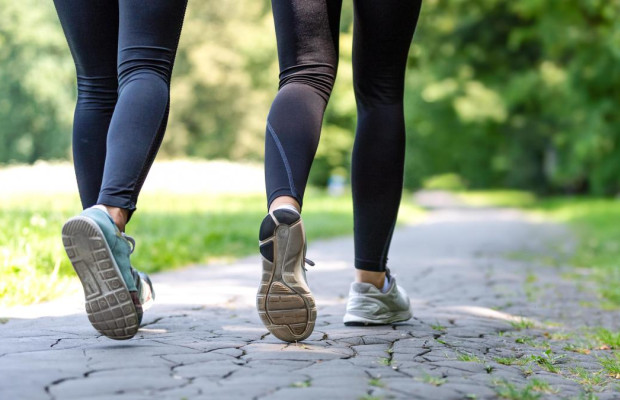
10,000 steps a day or how much on a bike?

How to save weight on your road bike
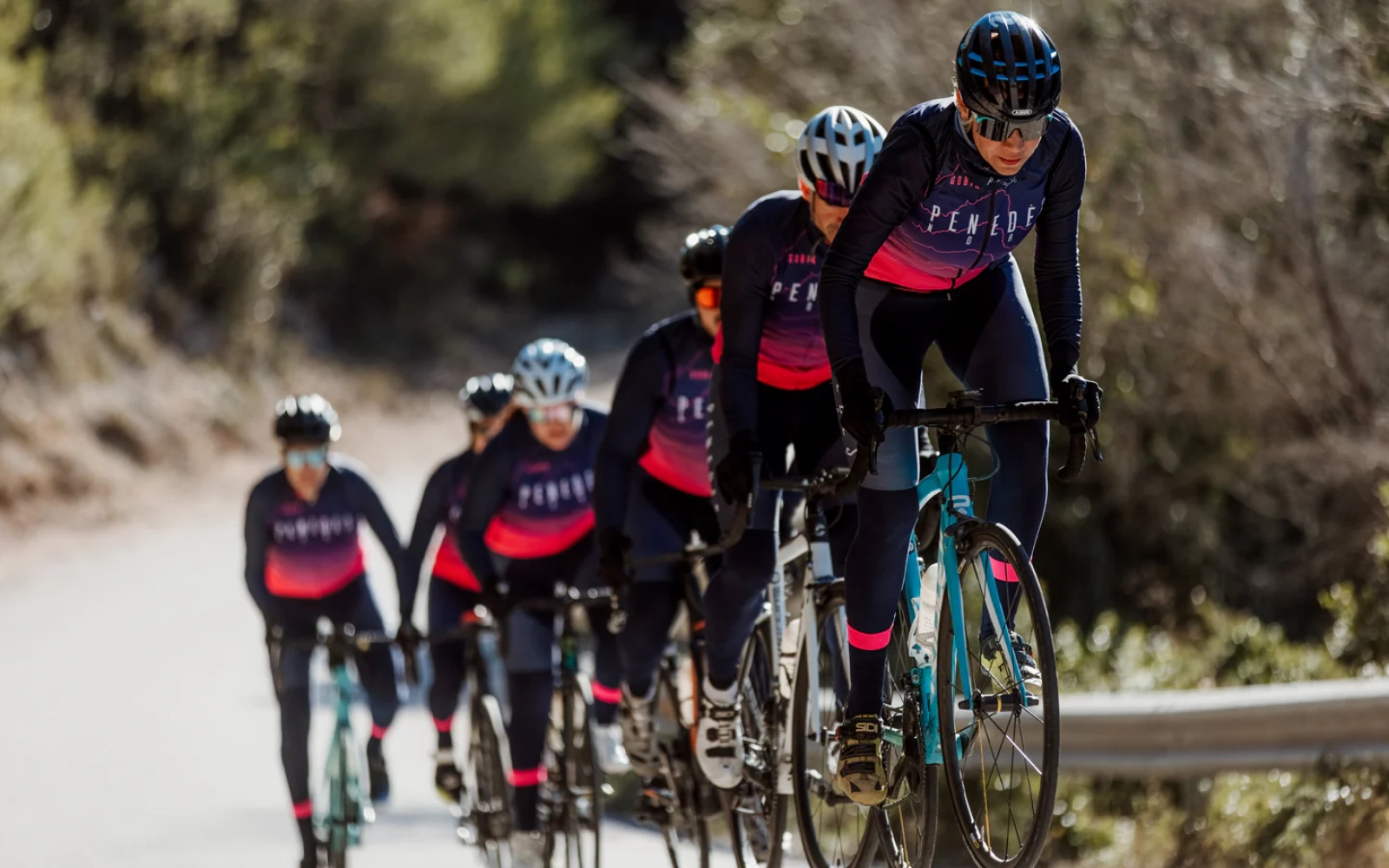
Precisely, the constraint of following the planned training for those who prioritize performance on the bike is usually the main determinant when deciding whether it is convenient to ride alone or in company. Those who only ride a bike with no other intention than simply riding a bike do not even consider whether going out alone or accompanied could have any impact, except for those who prefer to use those hours of pedaling to disconnect from everything and prefer solitude.
We will focus, therefore, on those who seek the maximum performance from their pedaling and on the pros and cons that having company or not can have for them.
Respecting the training plan
One of the fundamental principles of sports training is individualization, meaning that a training plan must be specific to an individual and their personal and physiological parameters. Initially, this means that, to have a good training session on the bike, there is no other choice but to train alone.
We won't deceive you, for most of the year, especially when we get into specific work, that's what we have to do. It is practically impossible to share an interval training session, especially the more intense it is, with another person unless our companion is not following any plan and simply holds onto our wheel during each interval, and at the same time, is prepared to practically stop when it's time to recover.
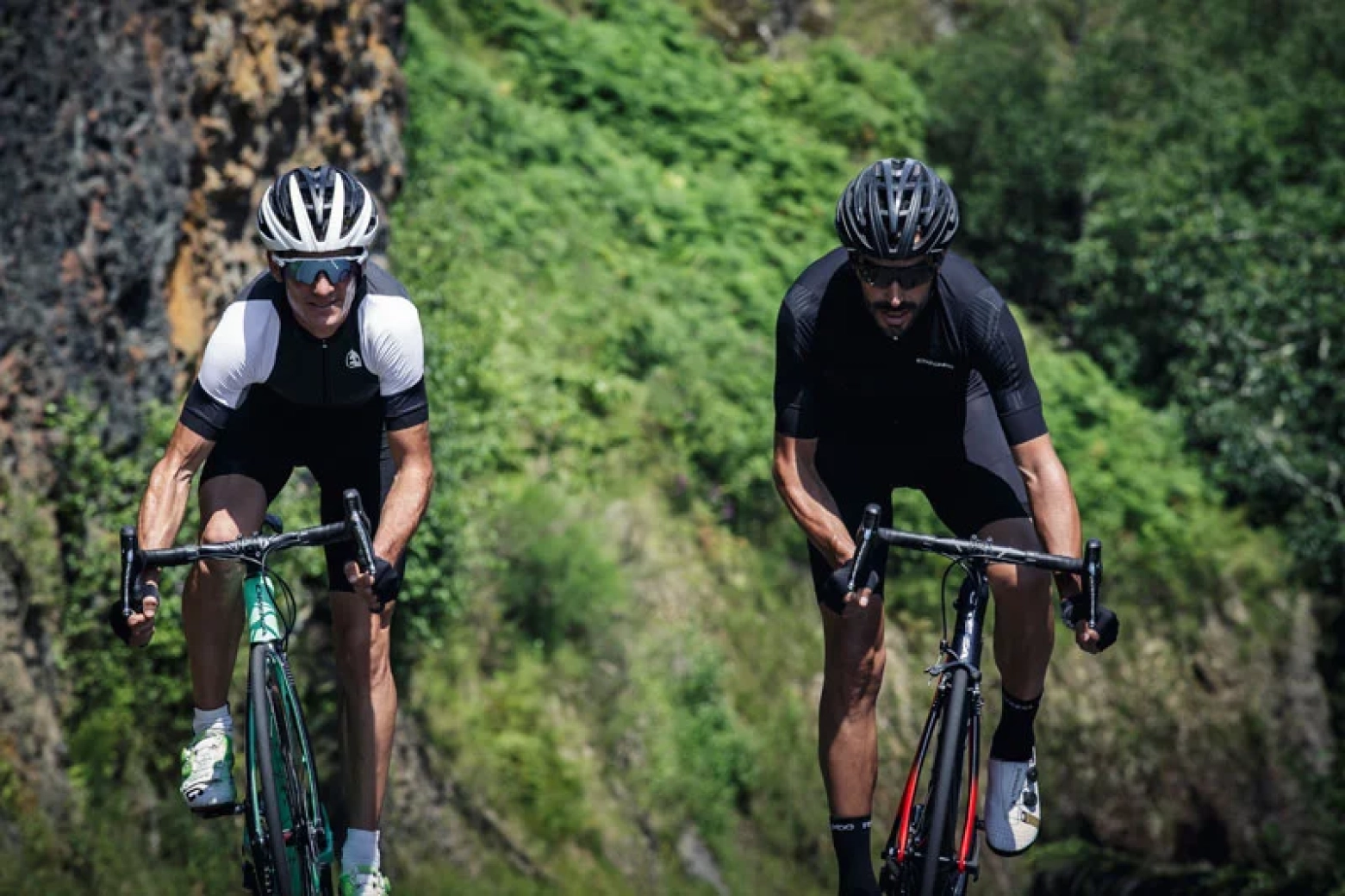
However, in the training of an endurance sport like cycling, the aerobic factor is essential, so long rides to accumulate volume kilometers continue to be essential for good performance. This type of work is not only feasible to do together but will also make these long days at a constant and grinding pace much more enjoyable.
We just need to make it clear to our companions that these are days of constant and relatively low intensity, so it is not the time for sprints, and the pace is set by the watts of the target zone, meaning that climbs are likely to be done at a very slow pace, and yet, on flat and favorable terrain, we may have to pedal very fast to maintain the target pace. In any case, it will be convenient for our companions to have a similar level, especially so that they don't find it too long and we don't end up lowering the pace, thus harming the training.

In any case, when we want to be accompanied in this type of training, the group should be as small as possible and the rules very clear regarding the work to be done. This is something that is usually impossible to achieve in club rides where everything tends to be anarchic. There are many members, so by drafting, we barely reach the target zone, but on each climb, the pace goes above any threshold.
In relation to the level of our companions, recovery days are also a good opportunity to go out together. On these days, the duration of the ride will not exceed 2 hours, and the pedaling will be extremely gentle, the gentler, the better, allowing us to share a day of cycling with people of a much lower level than we may have.
Getting out of the comfort zone
Although the optimal way to follow the training plan is to train alone, there are many coaches who usually leave a day of free work to go out with the group. It's a kind of race simulation considering the sprints that usually occur in group rides and that will force us to push ourselves to keep up with the strongest riders, sometimes beyond what we would be capable of doing in a solo training session.
These group rides are also ideal from a psychological point of view to assess the evolution of our form and to gain confidence in our abilities or, on the contrary, if our level is still not up to par with the best, to learn how to manage our strengths, minimizing losses and learning how to give 110% of our capabilities through intelligence rather than just legs.
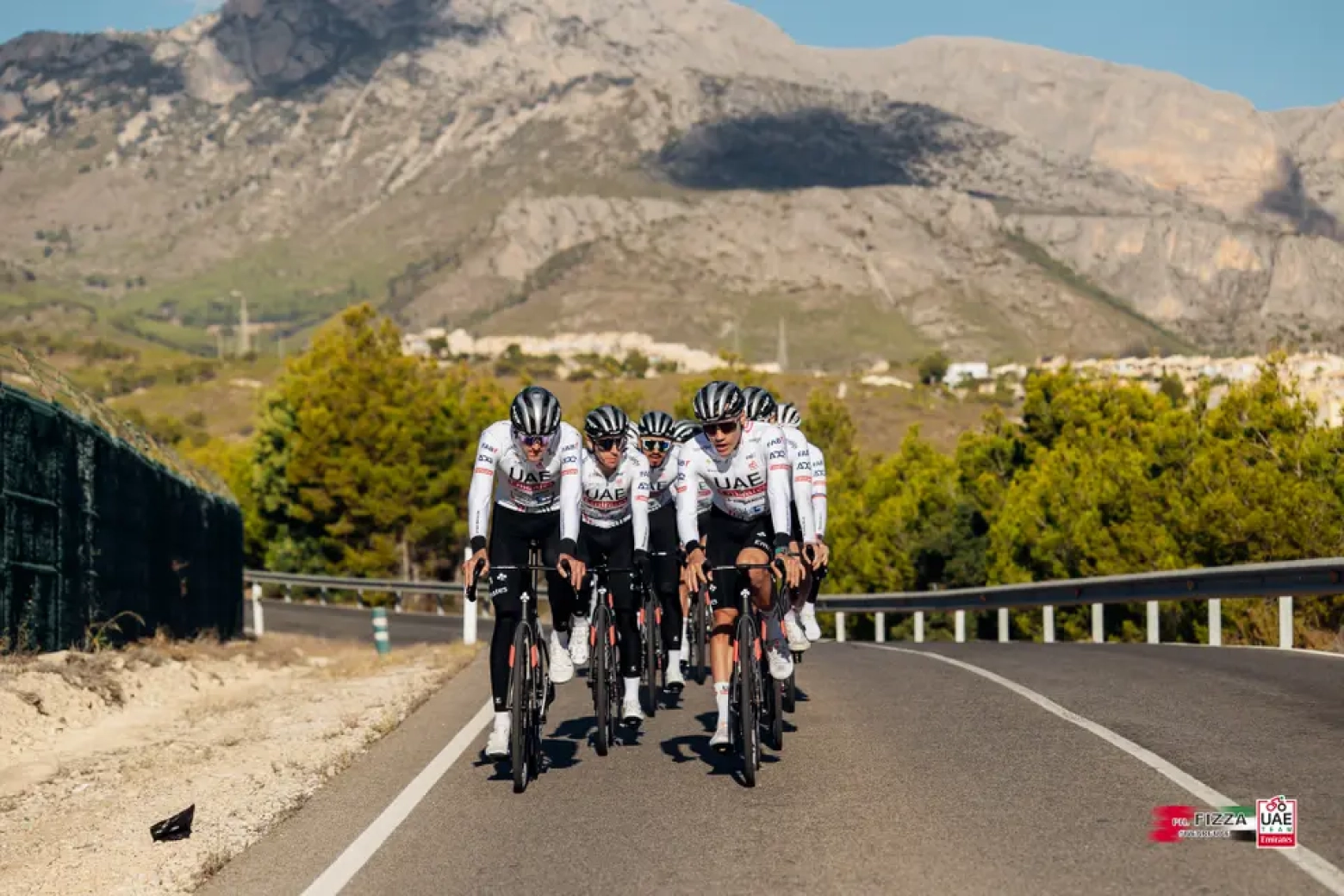
Furthermore, these group rides allow us to break the routine of structured work, to not look at the power meter, focusing on watts, intervals, recoveries, repeats, but simply to enjoy pedaling without constraints.
Beyond the purely physical aspect, riding together can also be a good complement to our technical skills. Following a better rider down a descent or discovering lines on a trail that we had never imagined can be a good incentive to ride in the company of other cyclists.
Pedaling together and sticking to the plan is possible
Knowing the terrain we are moving through well, if we plan it well, we can stick to the planned training and, at the same time, enjoy pedaling together.
Some ideas would be, for example, if we have to do intervals, to go to a long climb where we do an interval and recover by descending until we return to our companion and repeat. While our companion would climb at their own pace, we would have completed the planned work at the top, and they would reach the summit. On flat terrain, a similar approach can be taken simply by having our companion hold onto our wheel while we do our intervals, although in that case, they will likely suffer and have to take on the work of pulling us when it's time to recover.

In any case, doing solo training sessions will always be optimal because absolutely nothing distracts us from our goals, allowing us to hit the exact watts required in each part of the training, although, in many cases, it will test our discipline and psychological capacity.
As always, the middle ground is the key, so if we achieve a good balance between the days we train alone and those we have company, our motivation will remain high while the results of the training will start to show.